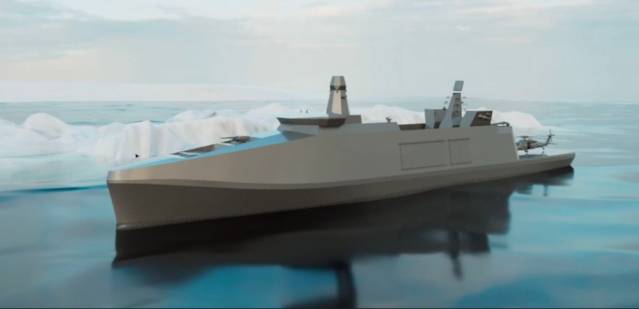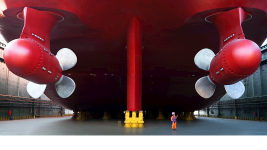- Reaction score
- 16,253
- Points
- 1,160
I call BS on their claims of year round ice performance, likley a ice strengthened hull and modifications to machinery to operate in arctic cold weather.

 www.vesselfinder.com
www.vesselfinder.com

OSK Design unveils latest concept for an Arctic frigate - modern engineering designed for extreme Northern operations
Leaders in maritime innovation, OSK Design, introduces their latest design, the Arctic frigate, an exceptional vessel meticulously crafted for operations in the North Atlantic, High North, and Greenland regions. This multi-purpose Arctic frigate is ...




